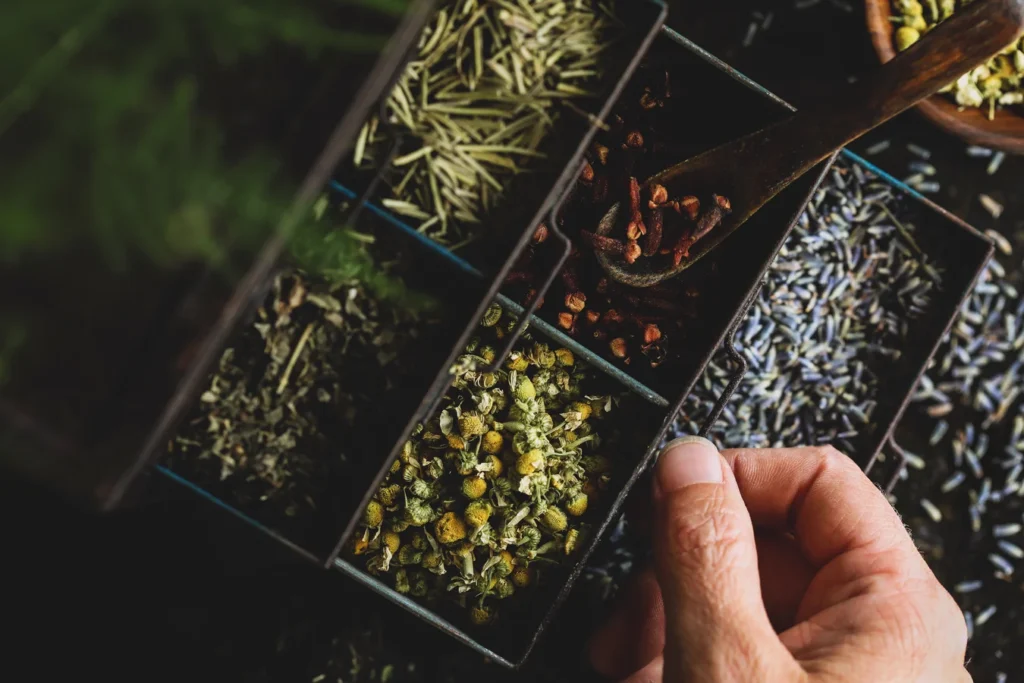Spices are the soul of every kitchen — they bring aroma, flavor, and warmth to your food. But not all spices are equal. Choosing fresh and high-quality spices can make the difference between a bland dish and an unforgettable one.
Whether you’re a home cook, food blogger, or chef, here’s how you can identify and buy only the best spices for your kitchen.
Why Fresh and high-Quality Spices Matters
Using low-quality or stale spices can ruin even the best recipe. High-quality spices:
- Offer richer, more complex flavors
- Retain more natural oils and nutrients
- Require smaller quantities for better results
- Help preserve the authenticity of traditional recipes
So, if you want your cooking to stand out, choosing top-quality spices is a must.

Step 1: Trust Your Senses
The easiest way to judge spice quality? Smell, look, and feel.
Smell:
- Fresh spices have a strong, natural aroma.
- If the spice smells weak or dusty, it’s likely old or low-grade.
Look:
- Colors should be vibrant — turmeric should be golden, paprika deep red, and cinnamon warm brown.
- Dull or uneven color often means poor storage or over-processing.
Feel:
- Whole spices like peppercorns should feel hard and heavy, not hollow.
- Ground spices should be soft and fine, not clumpy or moist (unless it’s a blend with oil).
Step 2: Buy Whole Spices When Possible
Whole spices often last longer and retain more flavor than ground ones. For example:
- Buy whole cumin seeds instead of powder
- Use cinnamon sticks instead of pre-ground cinnamon
Grind your spices fresh at home using a spice grinder or mortar and pestle. It takes a few seconds, but the flavor is unbeatable!
Step 3: Check Labels & Origin
Whether shopping online or in stores, always read labels carefully.
- Look for spices labeled “100% pure” or “no additives”
- Choose brands that mention harvest date or packaging date
- Organic or ethically sourced spices are often better in flavor and safety
- Check the origin — some regions produce better quality for certain spices
(e.g., Saffron from Kashmir, Cardamom from Kerala, Cumin from Rajasthan)
Step 4: Buy from Trusted Sources
Don’t settle for dusty supermarket jars! Instead:
- Buy from local spice shops, organic markets, or farmer’s markets
- Explore reputed online spice stores — many now offer farm-direct products
- Ask for samples if available — especially when buying in bulk
Also, avoid buying spices that are stored in open bins. Exposure to air and light can quickly reduce their potency.
Step 5: Store Spices the Right Way
Once you’ve found good spices, store them properly to keep their quality intact.
- Use airtight containers (preferably glass or stainless steel)
- Keep them in a cool, dark place away from heat and humidity
- Don’t store them above the stove — heat and steam degrade spices quickly
- Label with the date you bought them to track freshness
Bonus Tip: Know the Shelf Life
| Spice Type | Typical Shelf Life |
| Ground spices | 6–12 months |
| Whole spices | 2–3 years |
| Spice blends | 6 months – 1 year |
If your spices are losing smell or changing color, it’s time to replace them — even if they look okay.
Conclusion
Having these Top kitchen spices in your pantry will help you create delicious and aromatic dishes effortlessly. If you have any problems with our ideas or need guidance on how to use these spices effectively, feel free to comment below. You can also reach out to us through our contact section. Don’t forget to drop a comment below to cheer up!
Blog Written by Rajhans Digital
